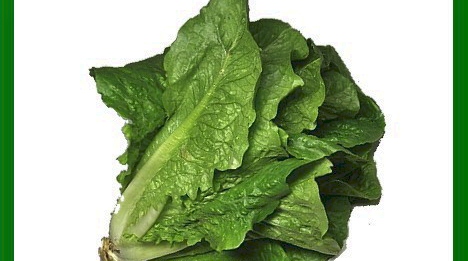The beet leaves (Beta vulgaris) is a plant in the Chenopodiaceae family. It is best known in its numerous cultivated varieties, the most well known of which is the purple root vegetable known as the beetroot or garden beet. However, other cultivated varieties include the leaf vegetables chard and spinach beet, as well as the root vegetables sugar beet, which is important in the production of table sugar, and mangel wurzel, which is a fodder crop. Three subspecies are typically recognised. All cultivated varieties fall into the subspecies Beta vulgaris subsp. vulgaris, while Beta vulgarissubsp. maritima, commonly known as the sea beet, is the wild ancestor of these, and is found throughout the Mediterranean, the Atlantic coast of Europe, the Near East, and India. A second wild subspecies, Beta vulgaris subsp. adanensis, occurs from Greece to Syria.
The beet has a long history of cultivation stretching back to the second millennium BC. The plant was probably domesticated somewhere along the Mediterranean, whence it was later spread to Babylonia by the 8th century BC and as far east as China by 850 AD. Available evidence, such as that provided by Aristotle and Theophrastus, suggests the leafy varieties of the beet were grown primarily for most of its history, though these lost much of their popularity much later following the introduction of spinach. The beet became highly commercially important in 19th century Europe following the development of the sugar beet in Germany and the discovery that sucrose could be extracted from them, providing an alternative to tropical sugar cane. It remains a widely cultivated commercial crop for producing table sugar.
Beta vulgaris is a herbaceous biennial or, rarely, perennial plant with leafy stems growing to 1–2 m tall. The leaves are heart-shaped, 5–20 cm long on wild plants (often much larger in cultivated plants). The flowers are produced in dense spikes; each flower is very small, 3–5 mm diameter, green or tinged reddish, with five petals; they are wind pollinated. The fruit is a cluster of hard nutlets.
The leaves and stems of young plants are steamed briefly and eaten as a vegetable; older leaves and stems are stir-fried and have a flavour resembling taro leaves.










